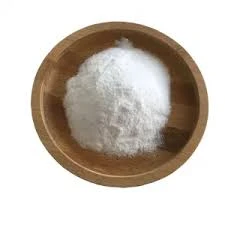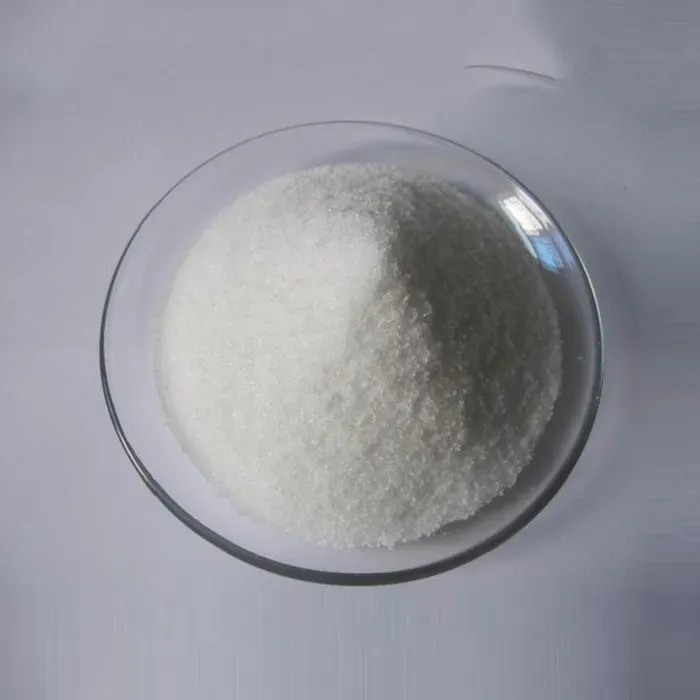

Colorants, which include pigments and dyes, offer aesthetic versatility. They allow manufacturers to produce plastics in virtually any color, catering to brand-specific coloration or consumer preference. This is essential for sectors like automotive, packaging, and consumer electronics, where visual appeal can significantly influence purchase decisions. Antimicrobials have gained prominence with heightened awareness around hygiene and safety. These additives inhibit the growth of bacteria and mold, making them particularly valuable in healthcare products, food packaging, and sanitation-related goods. Their incorporation ensures not only extended product life but also enhanced safety for end-users. For businesses seeking to incorporate plastic additives in their products, collaboration with knowledgeable suppliers is crucial. Expertise in selecting the right combination of additives can greatly influence product performance and durability. Additionally, staying abreast of regulatory developments is vital. Many regions have specific guidelines concerning the use of certain additives, particularly those related to health or environmental impact. In conclusion, plastic additives transform the potential of raw polymers, enabling innovations and improvements across multiple industries. While they offer myriad benefits, conscious selection and application hold the key to maximizing their advantages. For manufacturers, understanding the nuances of these additives can result in products that not only meet technical requirements but also deliver superior user experiences. For consumers, awareness of additives can guide safer and more sustainable buying choices, aligning with an increasing demand for transparency and responsibility from brands.
Next:

